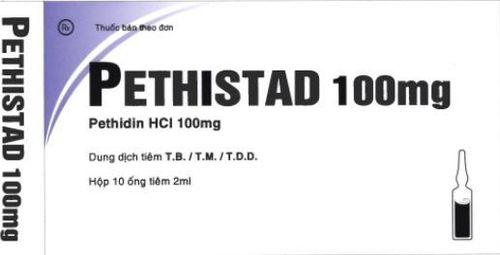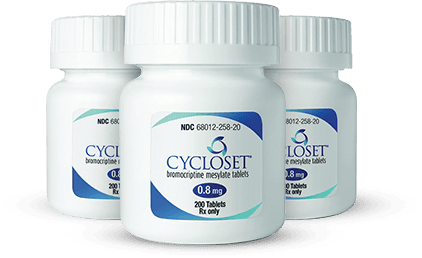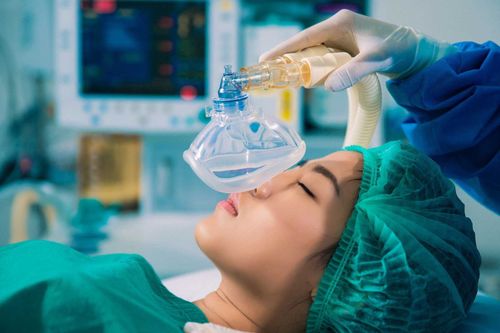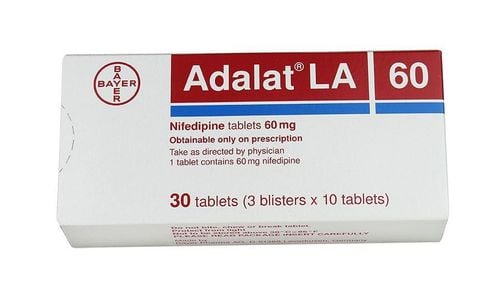This is an automatically translated article.
The article was professionally consulted by Specialist Doctor I Ho Quoc Tuan - Anesthesiologist - General Surgery Department - Vinmec Nha Trang International General Hospital. Doctor Quoc Tuan has many years of experience in the field of Anesthesia - Resuscitation.Diabetes is a risk factor associated with complications and mortality during and after surgery. Good control of perioperative blood sugar, especially during surgery with anesthesia on diabetic patients is mandatory, in order to limit complications.
1. Pre-anesthesia during anesthesia in diabetic patients
In the perioperative period, patients with diabetes are at risk of preoperative target organ damage. Therefore, careful examination of the cardiovascular, respiratory, and urinary systems, as well as preoperative chest radiographs, is necessary to further evaluate for cardiovascular, pulmonary vascular congestion, or pleural effusion. Diabetes also increases the incidence of negative ST and T-segment elevation in the perioperative electrocardiogram. Myocardial ischemia can be evident on the electrocardiogram even without symptoms, called silent myocardial infarction.Approximately 50% of diabetic patients with hypertension will develop associated neuropathy. Severe autonomic dysfunction in the elderly, disease persisting for more than 10 years, coronary artery disease, or beta-blocker use. This limits the heart's ability to compensate for vascular changes, such as hypotension after induction of anesthesia, possibly even sudden cardiac arrest. Furthermore, autonomic dysfunction prolongs gastric emptying time.
In obese patients with diabetes, accompanied by signs of cardiac neurotransmission dysfunction, special care should be taken when premedicating with antihistamines or metoclopramide. However, autonomic dysfunction can affect the gastrointestinal tract without any signs of cardiovascular involvement.
The first manifestation of renal dysfunction is proteinuria, followed by elevated serum creatinine. Most patients with type I diabetes, accompanied by signs of renal failure by the age of 30, have proteinuria and elevated serum creatinine. These subjects are at high risk of infections due to weakened immune systems. Therefore, special attention should be paid to the aseptic factor when performing intravenous and other invasive techniques.
Chronic hyperglycaemia has a risk of leading to tissue protein glucosylation and joint mobility restriction syndrome. Therefore, patients with diabetes need to be fully evaluated for the mobility of the temporomandibular joint and cervical spine. From that, doctors can predict locked endotracheal intubation - seen in about 30% of people with type I diabetes.
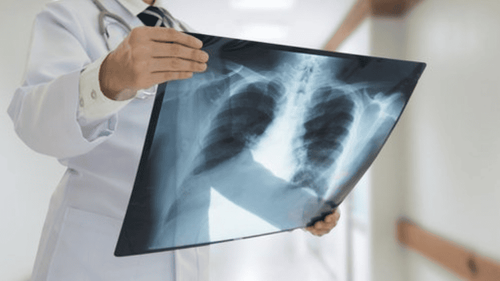
2. During surgery
While it's not good to try to maintain a normal blood sugar level, excessive elevation of blood sugar (greater than 10 mmol/L) also poses many risks. Increased blood glucose leads to increased osmotic pressure, infection and delayed wound healing. Furthermore, hyperglycaemia can aggravate ischemic consequences. Patients may experience loss of metabolic control, especially during major surgery or in patients with bacterial infections.Tight control of perioperative blood sugar will bring many benefits in surgery with the use of an extracorporeal circulation machine. The contractile strength of the myocardium is enhanced, while reducing infections and neurological complications. Glycemic control in pregnant women with diabetes has been shown to have favorable outcomes for the fetus. However, it should be borne in mind that the brain's dependence on glucose is a sole source of energy, so it should be avoided to lower blood sugar.
There are several regimens for perioperative glycemic control for diabetics. The most common way is to inject the patient with a small dose of insulin, usually half the dose in the morning. It should be administered after an intravenous line has been prepared and the glucose index is checked to reduce the risk of hypoglycaemia. Absorption of insulin administered subcutaneously or intramuscularly depends on the state of the blood vessels at the injection site, which makes it difficult to predict intraoperatively. Intravenous administration, supplemental infusion of dextrose, and other fluids will help prevent fluid depletion and becoming the route of administration of drugs.
Another option for short-acting insulin is a continuous infusion. The advantage of this technique is the precise control and prediction of insulin delivery compared to subcutaneous or intramuscular injection. Especially in cases with poor perfusion to the skin and muscles. If the patient has taken preoperative hypoglycemic agents, they should continue to be used until the day of surgery.
Hormonal imbalances contribute to stress-induced hyperglycemia, leading to increased insulin requirements. However, patients with type II diabetes will tolerate less, so the surgery is short, so there is no need to add exogenous insulin.
Regular follow-up and accurate assessment of blood sugar variability are key to controlling the treatment regimen. People with diabetes vary greatly in their ability to produce endogenous insulin. People with type I diabetes need to have their blood glucose assessed every hour, while people with type II diabetes only need to be assessed every 2-3 hours.
Similarly, the amount of insulin needed will also vary greatly with the stress caused by surgery. Patients who received insulin injections in the morning but did not have surgery in the afternoon had low blood sugar. If an arterial line for invasive blood pressure measurement is not available, taking multiple blood samples for testing will be time consuming, costly, and damaging to the patient's veins.
Portable spectrophotometers capable of determining blood glucose levels within 1 minute can be used. The accuracy of the results depends on the spread of the drop of blood, and the care taken by the healthcare professional taking the measurement.
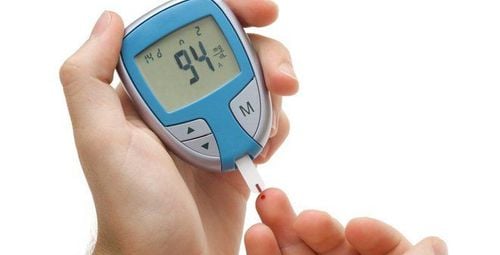
3. Post-surgery period
Close monitoring of blood glucose in diabetic patients after surgery is essential because the time to onset and preoperative insulin action varies from person to person. For example, the onset of insulin is usually less than 1 hour, but the duration of action can be more than 6 hours. For intermediate-acting insulin, the onset is within 2 hours, but the duration of action is likely to last for more than 24 hours.Surgical stress during the recovery period induces progression of the hyperglycemic response. This is another reason to closely monitor blood glucose postoperatively. If a large volume of ringer lactate is given during surgery, blood sugar usually rises 24 to 48 hours after surgery because the liver converts lactate into glucose.
Diabetic outpatients may be hospitalized overnight if nausea and vomiting persist. The cause may be mild gastric paralysis, which prevents fluid from being taken orally.
There are many things to consider when administering anesthesia in diabetics , including perioperative blood glucose control . This is a rather complicated issue, requiring close coordination between surgeons, endocrinologists and anesthesiologists. In general, good treatment of blood sugar will help minimize complications and improve surgical outcomes. Therefore, when performing anesthesia on diabetic patients, it is necessary to pay close attention and must be performed in medical facilities with full equipment and specialized equipment in anesthesia resuscitation.
In order to improve the process of health examination, emergency and surgical treatment, Vinmec International Hospital has been providing modern anesthetic medical equipment and anesthetic drugs suitable for the body. condition of the patient, especially those with underlying medical conditions such as diabetes. In particular, the technicians, doctors, and nurses who perform anesthesia and emergency treatment are all well-trained specialists who will bring the best treatment results to customers. , while minimizing possible dangerous complications.
Please dial HOTLINE for more information or register for an appointment HERE. Download MyVinmec app to make appointments faster and to manage your bookings easily.





